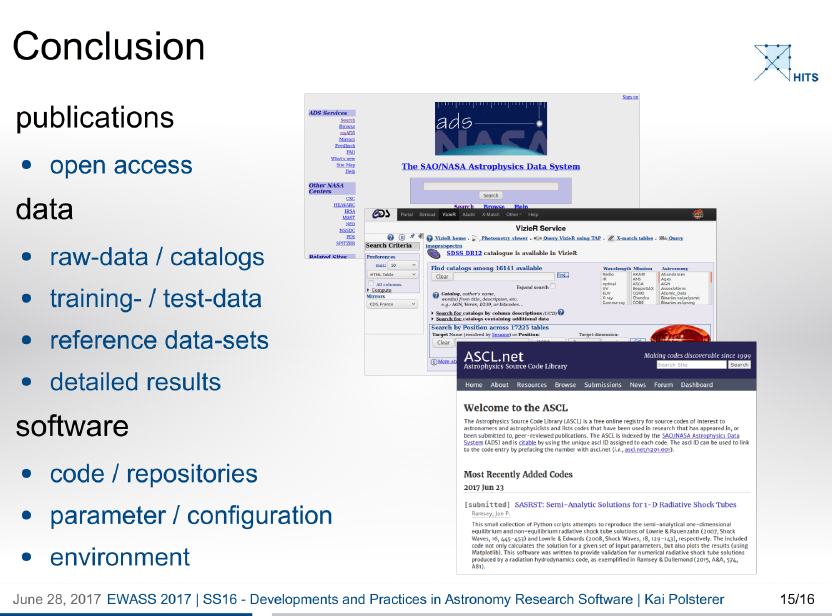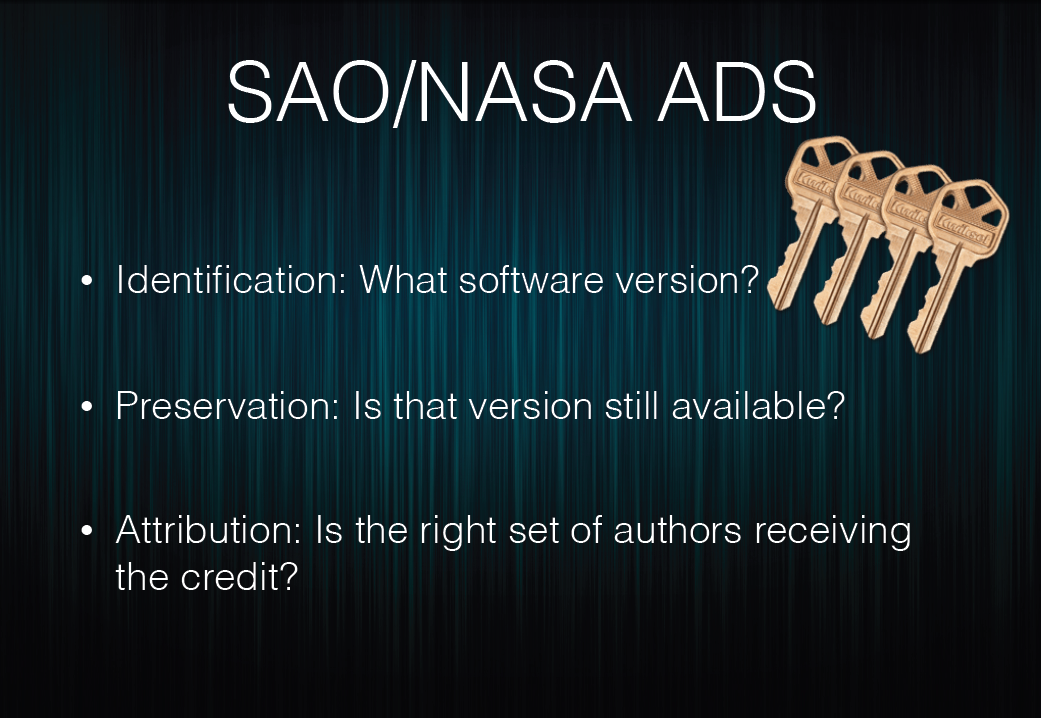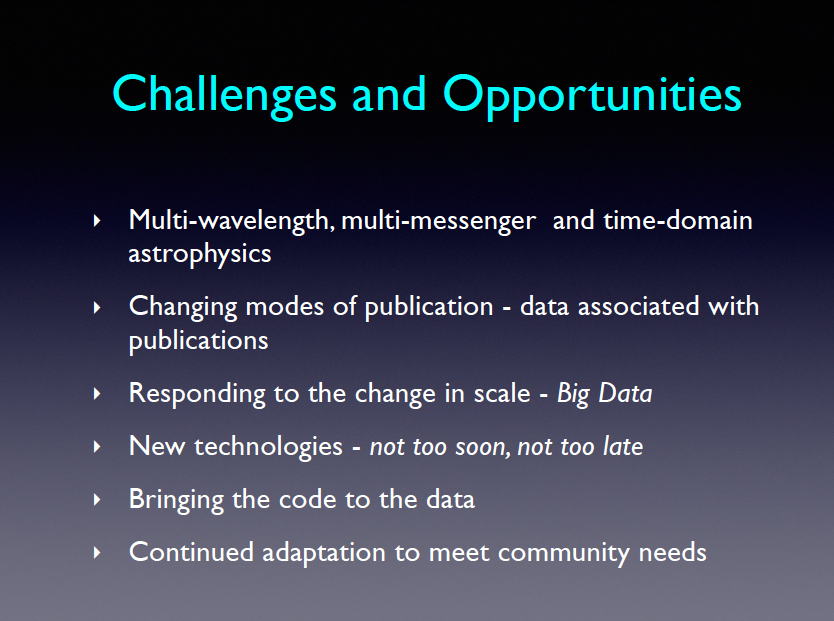As promised in a previous post, here are a few slides from the second block of EWASS 2017 software presentations.
Reproducibility in Era of Data-Driven Science, Kai Polsterer (slides: PDF)
Should short codes used for astronomy research be made public?, Robert Nemiroff (slides: PDF)
Giving credit where credit is due: the role of ADS in discovering and citing software in scholarly publications, Sergi Blanco-Cuaresma (slides: PDF)
Fifteen years of WISE technology software development and operations, Gijs Verdoes Kleijn (slides: PDF)




